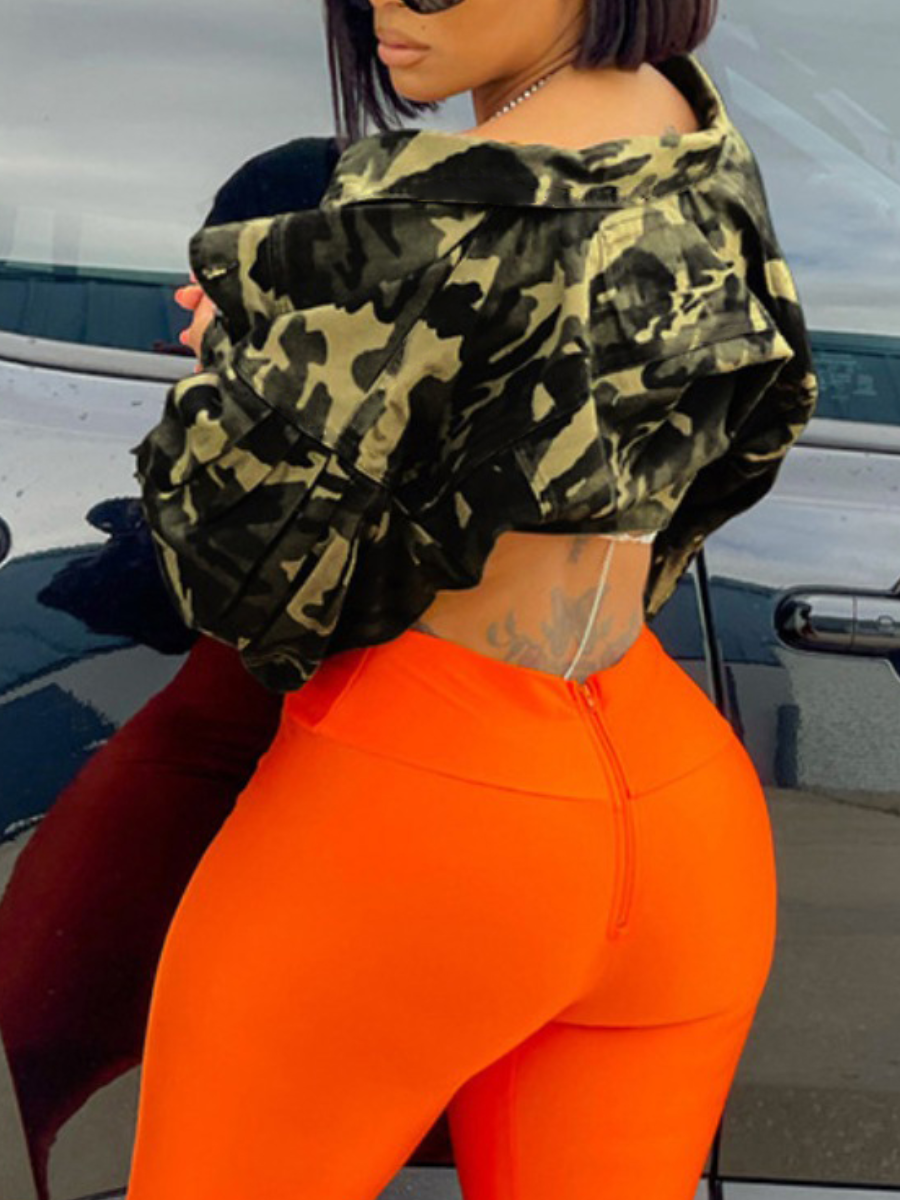Finding the perfect fit when shopping online can be a challenge, especially for plus-size women. Without the ability to try on clothes, how can you ensure you’re selecting the right size? This comprehensive guide will help you translate your body measurements into the correct sizes for various types of clothing, ensuring a comfortable and flattering fit every time you shop online.
Getting Started: Taking Your Measurements
Before we dive into specific clothing types, it’s crucial to have accurate measurements. Here’s what you’ll need:
- A flexible measuring tape
- A friend to help (for hard-to-reach areas)
- Comfortable, form-fitting clothes (or measure in your underwear)
Key measurements to take:
- Bust (fullest part of your chest)
- Waist (smallest part of your torso)
- Hips (widest part of your hips/buttocks)
- Inseam (from crotch to ankle)
- Arm length (from shoulder to wrist)
Record these measurements in both inches and centimeters for easy reference when shopping on international sites.
Sizing for Tops
For tops, blouses, and dresses, bust measurement is key, but don’t forget about waist and hip measurements for fitted styles.
Blouses and Casual Tops
| Size | Bust (inches) | Waist (inches) | Hips (inches) |
|---|---|---|---|
| 1X | 42 – 44 | 36 – 38 | 45 – 47 |
| 2X | 46 – 48 | 40 – 42 | 49 – 51 |
| 3X | 50 – 52 | 44 – 46 | 53 – 55 |
| 4X | 54 – 56 | 48 – 50 | 57 – 59 |
Tip: If your measurements fall between sizes, consider the garment’s style. For fitted tops, size up; for looser styles, you might prefer the smaller size.
Sizing for Dresses
Dresses often require a balance of bust, waist, and hip measurements. Always check the specific style – some are more forgiving than others.
| Size | Bust (inches) | Waist (inches) | Hips (inches) |
|---|---|---|---|
| 1X | 42 – 44 | 36 – 38 | 45 – 47 |
| 2X | 46 – 48 | 40 – 42 | 49 – 51 |
| 3X | 50 – 52 | 44 – 46 | 53 – 55 |
| 4X | 54 – 56 | 48 – 50 | 57 – 59 |
Remember, these are general guidelines. Always check the specific size chart provided by the retailer.
Sizing for Bottoms
For pants, skirts, and other lower body garments, waist and hip measurements are crucial.
Pants and Jeans
| Size | Waist (inches) | Hips (inches) | Inseam (inches) |
|---|---|---|---|
| 1X | 36 – 38 | 45 – 47 | 28 – 32 |
| 2X | 40 – 42 | 49 – 51 | 28 – 32 |
| 3X | 44 – 46 | 53 – 55 | 28 – 32 |
| 4X | 48 – 50 | 57 – 59 | 28 – 32 |
Note: Inseam lengths may vary. Some brands offer different length options (petite, regular, tall) for each size.
Skirts
For skirts, focus primarily on the waist and hip measurements:
| Size | Waist (inches) | Hips (inches) |
|---|---|---|
| 1X | 36 – 38 | 45 – 47 |
| 2X | 40 – 42 | 49 – 51 |
| 3X | 44 – 46 | 53 – 55 |
| 4X | 48 – 50 | 57 – 59 |
Outerwear and Jackets
For outerwear, consider both your bust and hip measurements. Some brands may use alpha sizing (S, M, L, XL, etc.), while others may use numeric sizing.
| Size | Bust (inches) | Waist (inches) | Hips (inches) |
|---|---|---|---|
| 1X | 42 – 44 | 36 – 38 | 45 – 47 |
| 2X | 46 – 48 | 40 – 42 | 49 – 51 |
| 3X | 50 – 52 | 44 – 46 | 53 – 55 |
| 4X | 54 – 56 | 48 – 50 | 57 – 59 |
Tip: For layering, consider going up a size to ensure comfort when wearing thicker garments underneath.
Understanding Body Shapes
Plus-size women come in various body shapes, which can affect how clothes fit. Common body shapes include:
- Apple: Carries weight around the midsection
- Pear: Hips and thighs are wider than shoulders and bust
- Hourglass: Bust and hips are about the same size, with a defined waist
- Rectangle: Waist, bust, and hips are similar in measurement
Knowing your body shape can help you choose styles that flatter your figure and may influence your sizing choices.
Tips for a Better Fit
- Read customer reviews: Other shoppers often mention if a garment runs large or small.
- Check the fabric composition: Some materials, like 100% cotton, may shrink after washing. Consider sizing up if you’re between sizes.
- Look for stretch: Garments with elastane or spandex can provide extra comfort and flexibility.
- Pay attention to fit descriptions: Terms like “relaxed fit,” “bodycon,” or “A-line” can give you clues about how the garment is cut.
- Consider your body shape: You might need different sizes for tops and bottoms, or prefer certain cuts that flatter your figure.
- Don’t be afraid to return: Many online retailers offer free returns. It’s better to order multiple sizes and return what doesn’t fit than to settle for ill-fitting clothes.
- Look for adaptive sizing: Some brands offer sizes like 1X+, 2X+, etc., which provide extra room in certain areas while maintaining the standard length.
Conclusion
Finding the right size when shopping online can take some trial and error, but with these guidelines and your accurate measurements, you’ll be well-equipped to make informed choices. Remember, the most important thing is how you feel in your clothes. A proper fit can boost your confidence and comfort, allowing your personal style to shine through.
Embrace your curves and happy shopping!














